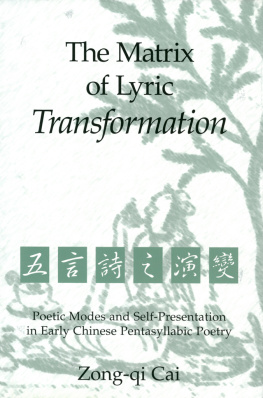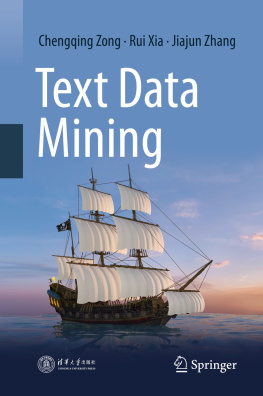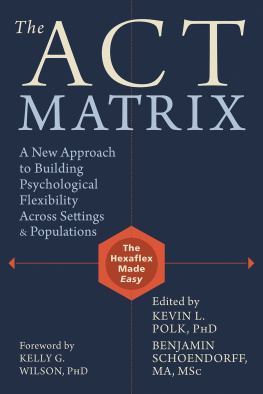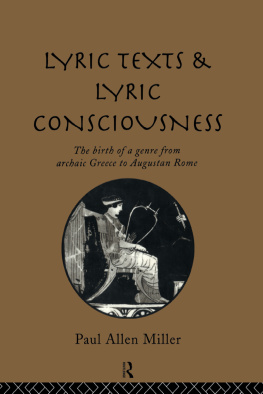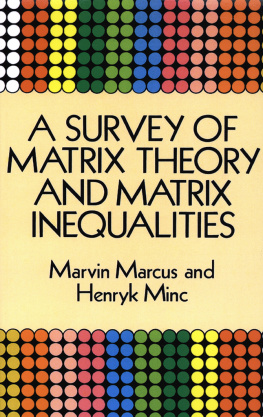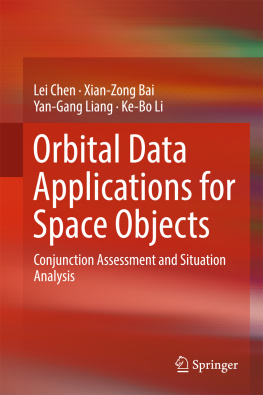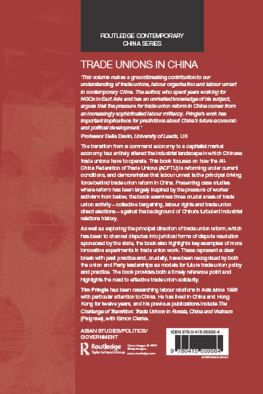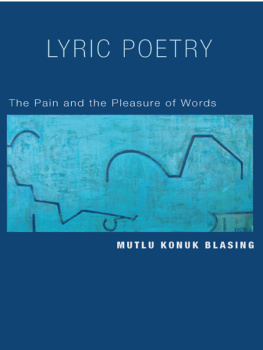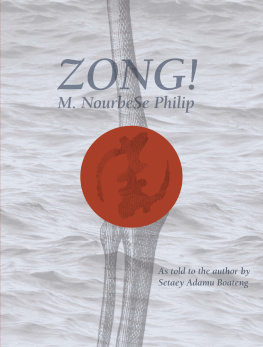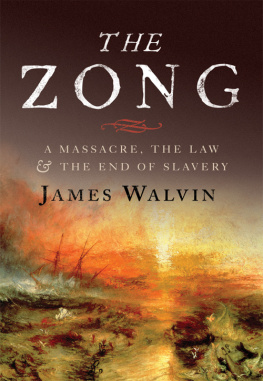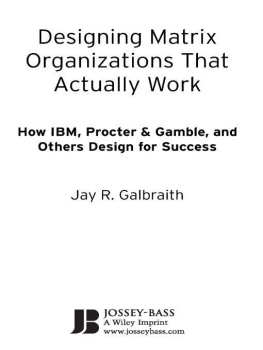Zong-qi Cai - The Matrix of Lyric Transformation
Here you can read online Zong-qi Cai - The Matrix of Lyric Transformation full text of the book (entire story) in english for free. Download pdf and epub, get meaning, cover and reviews about this ebook. year: 2020, publisher: Kenneth G. Lieberthal and Richard H. Rogel Center for Chinese Studies, genre: Art. Description of the work, (preface) as well as reviews are available. Best literature library LitArk.com created for fans of good reading and offers a wide selection of genres:
Romance novel
Science fiction
Adventure
Detective
Science
History
Home and family
Prose
Art
Politics
Computer
Non-fiction
Religion
Business
Children
Humor
Choose a favorite category and find really read worthwhile books. Enjoy immersion in the world of imagination, feel the emotions of the characters or learn something new for yourself, make an fascinating discovery.
- Book:The Matrix of Lyric Transformation
- Author:
- Publisher:Kenneth G. Lieberthal and Richard H. Rogel Center for Chinese Studies
- Genre:
- Year:2020
- Rating:4 / 5
- Favourites:Add to favourites
- Your mark:
- 80
- 1
- 2
- 3
- 4
- 5
The Matrix of Lyric Transformation: summary, description and annotation
We offer to read an annotation, description, summary or preface (depends on what the author of the book "The Matrix of Lyric Transformation" wrote himself). If you haven't found the necessary information about the book — write in the comments, we will try to find it.
The Matrix of Lyric Transformation — read online for free the complete book (whole text) full work
Below is the text of the book, divided by pages. System saving the place of the last page read, allows you to conveniently read the book "The Matrix of Lyric Transformation" online for free, without having to search again every time where you left off. Put a bookmark, and you can go to the page where you finished reading at any time.
Font size:
Interval:
Bookmark:

The Matrix of Lyric Transformation
The Matrix of Lyric Transformation
Poetic Modes and Self-Presentation in Early Chinese Pentasyllabic Poetry
Zong-qi Cai

CENTER FOR CHINESE STUDIES
THE UNIVERSITY OF MICHIGAN
ANN ARBOR
Open access edition funded by the National Endowment for the Humanities/Andrew W. Mellon Foundation Humanities Open Book Program.
MICHIGAN MONOGRAPHS IN CHINESE STUDIES
ISSN 1081-9053
SERIES ESTABLISHED 1968
VOLUME 75
Published by Center for Chinese Studies
The University of Michigan
Ann Arbor, Michigan 48109-1290
First Edition 1996
1996 Center for Chinese Studies
The University of Michigan
Printed and made in the United States of America
 The paper used in this publication conforms to the American National Standard for Information Sciences
The paper used in this publication conforms to the American National Standard for Information Sciences
Permanence of Paper for Publications and Documents in Libraries and Archives ANSI/NISO/Z39.481992.
Library of Congress Cataloging-in-Publication Data
Cai, Zong-qi, date.
The matrix of lyric transformation :
poetic modes and self-presentation in early Chinese pentasyllabic poetry / Zong-qi Cai.
p. cm.
(Michigan monographs in Chinese studies; 75)
ISBN 0-89264-111-8 (alk. paper)
1. Chinese poetry Chin and Han dynasties History and criticism.
2. Yueh fu (Chinese poetry) History and criticism.
3. Tsao, Chih, 192-232 Criticism and interpretation.
4. Juan, Chi, 210-263 Criticism and interpretation.
5. Poetic.
I. Title. II. Series
PL2314.C35 1996
895.12209dc20 96-9730
CIP
ISBN 978-0-89264-111-6 (hardcover)
ISBN 978-0-472-03805-3 (paper)
ISBN 978-0-472-12749-8 (ebook)
ISBN 978-0-472-90144-9 (open access)
The text of this book is licensed under a Creative Commons Attribution-NonCommercial-NoDerivatives 4.0 International License: https://creativecommons.org/licenses/by-nc-nd/4.0/
For my mother
Wei Renqiu 
and in memory of my father
Cai Wenxian 
Contents
Chapter 1
An Overview:
Pentasyllabic Poetry from the First to the Third Century
Chapter 2
Han Yeh-fu:
Dramatic and Narrative Modes
Chapter 3
Han Ku-shih:
The Emergence of the Lyrical Mode
Chapter 4
Tsao Chih:
The Development of the Lyrical Mode
Chapter 5
Juan Chi:
The Formation of the Symbolic Mode
Chapter 6
Synthesis:
Poetic Modes and Changing Forms of Self-Presentation
Along with the growth of this study from a dissertation to its present form, my contacts with the academic world have widened, and my debts of gratitude to other scholars have accrued accordingly. It gives me great pleasure to express my heartfelt thanks to all those who have helped me along the way.
I must first thank Professors Yu-kung Kao, Willard J. Peterson, and Andrew H. Plaks, who supervised my dissertation at Princeton and have ever since remained a source of scholarly guidance and encouragement in the preparation of this book. My greatest debt of gratitude is owed to Professor Kao, under whom I studied classical Chinese poetry. I have constantly drawn from his tremendous scope of knowledge and benefited from his advice and criticism through conversations and correspondence.
I am immensely grateful to Professor Shuen-fu Lin, who guided my postdoctoral work at Michigan, to Professor Dore J. Levy, who offered constructive comments on the substance and style of my manuscript, and to Professor David L. Rolston, the Director of Publications of the Michigan Center for Chinese Studies, who oversaw the review process in a thoroughly professional manner and yet never ceased to be thoughtful and supportive.
Other scholars, friends, and colleagues have also read my manuscript, either in part or in its entirety, at different stages of its preparation. Professors Eugene C. Eoyang, Donald Holzman, Victor H. Mair, and Donald Munro read different parts of the manuscript and offered many valuable suggestions and criticisms. Professor Jonathan Chaves and my colleagues William L. MacDonald and Chuan-kang Shih recommended various useful works on Chinese oral traditions. My colleague Patricia Ebrey first read the introductory and concluding chapters and suggested ways to improve their form and content. Later she read through the entire manuscript and offered many valuable suggestions. My friend Xiaobing Ji gave generously of his time to read the entire manuscript and suggested stylistic improvements. I am deeply indebted to all of them for saving me from many errors of content and style.
Despite the guidance and help I received from all quarters, there must still be inaccuracies and mistakes of varying gravity, for which I assume full responsibility.
I would like to acknowledge financial support from various institutions. A postdoctoral fellowship from the University of Michigan Center for Chinese Studies in 1991-92 gave me much-needed time to transform my dissertation into a book. A William and Flora Hewlett Summer International Research Grant from the University of Illinois, and a research grant from the East Asian Studies Department of Princeton University enabled me to concentrate on the final revision of my manuscript in the summer of 1994. An Arnold O. Beckman Award from the Research Board of the University of Illinois provided me with the resources to enlist the help of Ms. Yao Ping, a graduate assistant, in typing the Chinese and Japanese characters in the aftermatter of this book.
I am grateful for the courtesies shown by the staffs of the Gest Library of Princeton University, the Asian Library of the University of Michigan, and the Asian Library of University of Illinois. A special note of thanks is due to Ms. S. W. Kim at Princeton and Ms. Mamiko Nakamura and Ms. Kazuko Sakaguchi at the University of Illinois, who helped romanize the titles of Japanese books and articles, to Ms. Margaret Mirabelli who copy-edited the manuscript meticulously, and to Norman Mangouni, publications editor at the University of Michigans Center for Chinese Studies.
Finally, my thanks go to my wife, Jing Liao, whose love, caring, and encouragement ensured the steady progress of this study toward this final moment of completion.
The Matrix of Lyric Transformation
| CKLT | Kuo Shao-y  , ed. Chung-kuo li-tai wen-lun hsan , ed. Chung-kuo li-tai wen-lun hsan  . Rev. Ed. 4 vols. Shanghai: Ku-chi ch u-pan-she, 1979-80. . Rev. Ed. 4 vols. Shanghai: Ku-chi ch u-pan-she, 1979-80. |
| HCHW | Lu Ch in-li  , ed. Hsien-Ch in Han Wei-Chin Nan-Pei-Ch ao shih , ed. Hsien-Ch in Han Wei-Chin Nan-Pei-Ch ao shih . Peking: Chung-hua shu-ch, 1983. . Peking: Chung-hua shu-ch, 1983. |
| JCCC |
Font size:
Interval:
Bookmark:
Similar books «The Matrix of Lyric Transformation»
Look at similar books to The Matrix of Lyric Transformation. We have selected literature similar in name and meaning in the hope of providing readers with more options to find new, interesting, not yet read works.
Discussion, reviews of the book The Matrix of Lyric Transformation and just readers' own opinions. Leave your comments, write what you think about the work, its meaning or the main characters. Specify what exactly you liked and what you didn't like, and why you think so.

